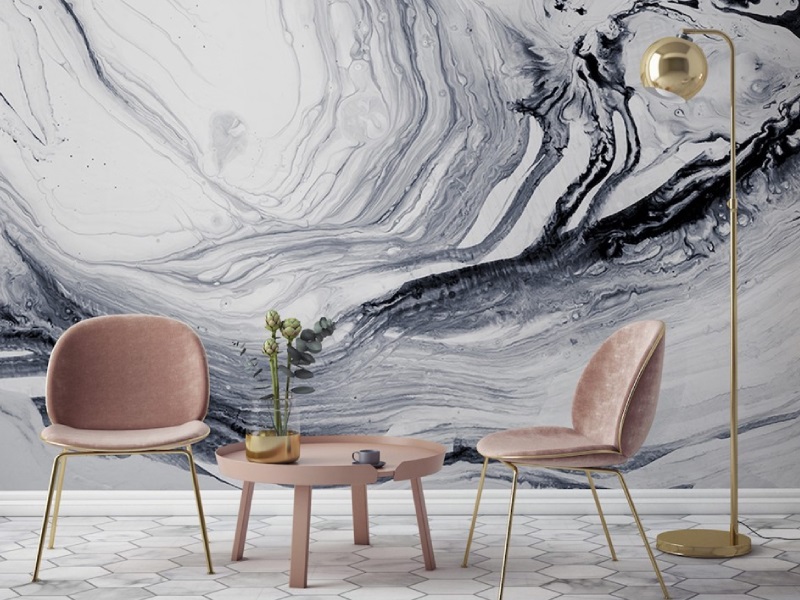River tables have gained immense popularity in recent years for their stunning and unique aesthetics. These exquisite pieces of furniture combine the natural beauty of wood with the elegance of flowing resin, creating functional art that can elevate any home decor. If you’re considering adding a river table to your home, it’s essential to understand how to choose the perfect one that suits your style, needs, and budget. In this guide, we’ll walk you through the key factors to consider when selecting a river table for your home.
Material Selection
The first and most crucial decision when choosing a river table is selecting the materials. River tables typically consist of two primary components: wood and resin. Here’s what you need to know about each:
Wood
The type of wood you choose significantly impacts the table’s appearance and durability. Common wood choices include oak, walnut, maple, and cherry, each with its unique grain patterns and colors. Consider the following factors:
- Aesthetic Preferences: Choose a wood species that aligns with your interior design style and color scheme.
- Durability: Different woods have varying levels of hardness. If you expect heavy use, opt for a harder wood like oak or walnut.
- Budget: Exotic or rare wood species tend to be more expensive, so balance your aesthetic desires with your budget.
Resin
The resin used in river tables can vary in clarity, color, and hardness. Clear epoxy resin is popular for its ability to showcase the wood’s natural beauty, but colored resins can add a unique touch. Keep these considerations in mind:
- Clarity: Clear resin allows you to see the wood’s intricate details. Make sure the resin is crystal clear to enhance the table’s visual appeal.
- Color: Colored resins can be used to create eye-catching effects. Consider your color preferences and how they complement your existing decor.
- Hardness: Choose a resin with appropriate hardness to ensure the table’s durability. Softer resins may scratch or dent more easily.
Table Size and Shape
The size and shape of your river table should complement your living space and meet your functional needs, like you can see here.
Consider the following:
Size
- Available Space: Measure the area where you plan to place the table to ensure it fits comfortably without overcrowding the room.
- Seating: Think about how many people will typically use the table. A larger table may be necessary for larger gatherings.
- Functionality: Determine the table’s primary purpose. If it’s for dining, ensure it’s large enough for place settings and food. For a coffee table, consider the space for beverages and decorative items.
Shape
- Rectangular vs. Live Edge: River tables come in various shapes, including rectangular and live edge. Rectangular tables offer a more traditional look, while live edge tables showcase the natural curves of the wood.
- Customization: Many manufacturers offer customization options, allowing you to choose the shape that best suits your preferences.
Design and Style
River tables come in a wide range of designs and styles, so it’s essential to choose one that complements your home decor. Consider the following design elements:
Table Legs
- Leg Style: Decide whether you want a table with traditional legs, a pedestal base, or a more modern design.
- Materials: Consider the material and finish of the table legs. Common options include wood, metal, and acrylic.
Inlays and Features
- Inlays: Some river tables incorporate additional elements such as stones, shells, or metal accents. These can add a unique touch to your table.
- Storage: If storage is a priority, look for tables with built-in shelves or drawers.
Budget and Quality
River tables vary widely in price, so it’s essential to establish a budget before you start shopping. Keep in mind that quality can also vary significantly. Here are some tips:
- Quality Assurance: Research manufacturers and read reviews to ensure you’re purchasing from a reputable source known for quality craftsmanship.
- Budget Considerations: While it’s essential to stick to your budget, be prepared to invest in a quality table that will last for years.
Choosing a river table for your home involves careful consideration of materials, size, design, and budget. By taking the time to evaluate these factors, you can select a stunning piece of furniture that not only enhances your living space but also reflects your personal style and preferences. River tables are more than just furniture; they are works of art that can become the centerpiece of your home.










